
Andes, Bolivia, Dispatches
“We Of The Saya”: An Interview With Filmmaker Sisa Bueno
June 13, 2012 By Mari Hayman
And “Latinidad”, to be Latino in this country, is also skewed. I mean, to be Latino here you have to have olive skin, dark hair, and dark eyes, but you can’t be a person who looks black. And you also can’t be a person who looks white. And so, when I come back and I tell people that I’m talking about Afro-Bolivians, I’m trying to take two pegs that they made here in the States, two distinct types of people that they’ve created, and mash them together, and that really confuses a lot of people. And it took a lot of time for me to clearly express myself in the film in a way to kind of bust through those established stereotypes. I think people are starting to get it.
And for some reason, I’ve also noticed this interest in Afrolatinidad lately, in the last few years. There’s recently been this surge of people doing Afro-Latino documentaries, people who are interested in covering the diaspora in Latin America. I know at least three teams who are doing a series for Afro-Latinos currently, so it’s kind of interesting how it’s getting to be really popular in the last few years. PBS had that four-part series, I’ve been noticing a lot of conferences talking about Afro-Latinos. Latina magazine actually did a spread on Afro-Latinas. It’s actually getting to be quite popular, which is a great thing. And it’s interesting how that kind of happens, and I’m glad that I’m doing this at the right time.
Bolivia is a particularly interesting place to do this kind of work because it’s seen as so indigenous.
I think it makes it ten times harder, but I think that I wanted to pursue [the film] because I really thought it would drive the point home that I would go to a place where people would never think that they would find a black face, and find them there. Just to show how prevalent slavery was. It was very prevalent, and it really touched every part of this hemisphere. Every part of it. So to go up to the Andes mountains and to find African descendants there is a surprise in itself, but at the same time, it really does bring home the concept of how pervasive slavery was.
It sounds like you’ve been to Bolivia for several times, but when you were first working, did you have any challenges explaining your project to people who were featured in your film, as an American coming from the U.S. with a lot of equipment?
Well, I think when I first met them, they didn’t really take me that seriously. I mean, I was a young woman, and they don’t take women seriously. So in terms of that, they really weren’t that put off about me following them so much. And I think they’re also super formal and reserved, so even if they did have questions, they wouldn’t ask me. But there are other people who are very vocal. I mean, Jorge [Medina] is a vocal leader, a great leader with vision, and he welcomed me.
In terms of being an American in general, what I’ve discovered is that most people do have this kind of tendency to not want to be filmed because they think that people, foreigners, always come and take pictures of them and they take the photos and they go back to their country and they make a million dollars off a photograph. So, that kind of attitude is always something I have to keep in the back of my mind to make sure that I am clear that I don’t have a lot of money and I’m not trying to exploit them, and I’m trying to bring their story to life. That’s always one of those things that has to be clear every time I turn on that camera.
That point you make about not being taken seriously as a young woman filmmaker is really interesting because we met at [director] Pamela Yates’ film screening, and she said she was not taken seriously as a young filmmaker. And the fact is, that makes you more dangerous, doesn’t it?
Yes, I was the only woman filmmaker in that room when they were drafting the [new constitution]. I was the only one there. I was the only one there because I guess they thought that I was Afro-Bolivian, too. I also made the point to not have a lot of equipment; I purchased the smallest cameras I could that had good quality so it wasn’t that intimidating. So, absolutely, you make a good point. They didn’t take me seriously, so they let me sit in on a historic moment. And in some ways, it makes me very attached to that country, to know that I was there when they were drafting their constitution. I just feel some kind of personal connection that I feel will forever stay with me.
When are you planning to have the film done?
I would love to finish this by the end of the year. I would love to get funds to do the rough cut early summer and then maybe go back and do shooting in the fall and come back and finish. I would really love to finish this at the end of the year or maybe early spring of 2013, but I’d love to have it done around that time.
I’m sure you want everybody to see your film, but who do you want your audience to be?
I want my audience to be mostly from the African diaspora, but also I would really like to touch on a Latino demographic here in the United States. Both of those are particularly important to me, and they would really be affected by this film, because they’re both connected in different ways.
When I was in Brazil, I met a lot of Japanese-Brazilians and [as a Japanese-American], I thought, wow, this is kind of an alternate reality, if my ancestors had gone here. At the same time, there seems to be such a barrier, not just a language barrier.
Yeah, I think it takes time. I know when I started screening the sample, a lot of African-Americans would come to me and ask how they can connect with [Afro-Bolivians], and the language is an issue because most of them don’t speak Spanish. But they want to connect because they see what you saw — you went to Brazil and had this kind of connection — and it could have just been a twist of fate. They could have been Bolivian themselves, or Brazilian, or what have you. So I think there need to be tools created so that there can be bridges so people can communicate.
And now that you mention it, that’s something I’m working on as a kind of online component to this project, because this is a trans-media project — it’s not just a film — there’s going to be a web aspect to it online. And with that web aspect, I’m really trying to build a virtual bridge. I just was inspired by people who come up to me and they want to communicate but they know they can’t, because of the language barrier. So how can they do that? I pose that question to myself: how can we do that online? I’m going to run with that idea.
Sisa Bueno is an independent documentary filmmaker based in New York City. A sample of “We of the Saya” can be viewed on the film’s Kickstarter page, where donations can be made to support the film’s completion. Read more about the film on the “We of the Saya” blog.
Photo: Alejandro Fernandez Gutierrez.
Used with permission from Sisa Bueno.
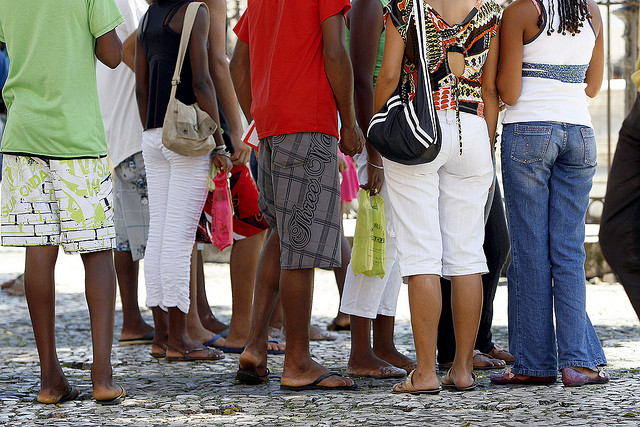
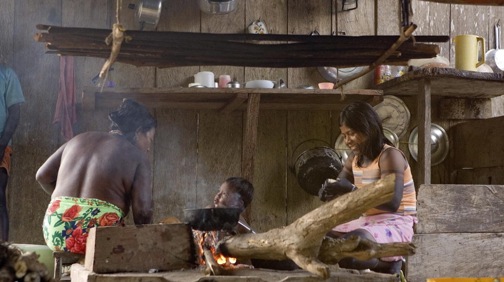
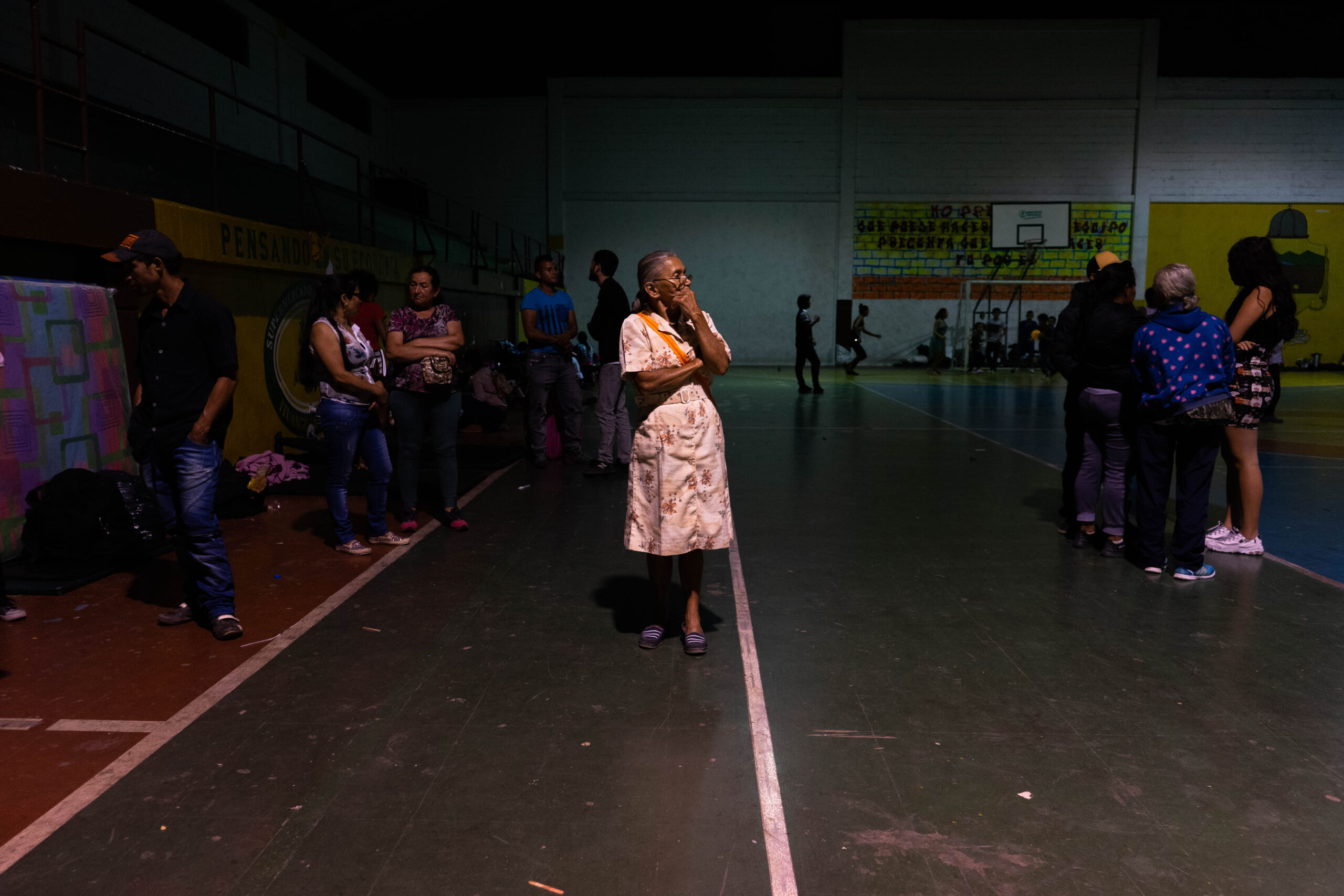
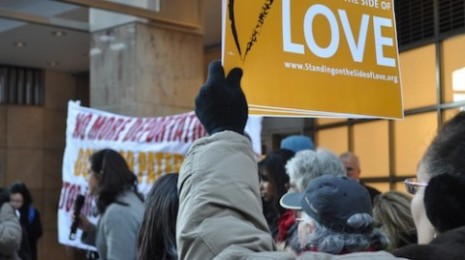

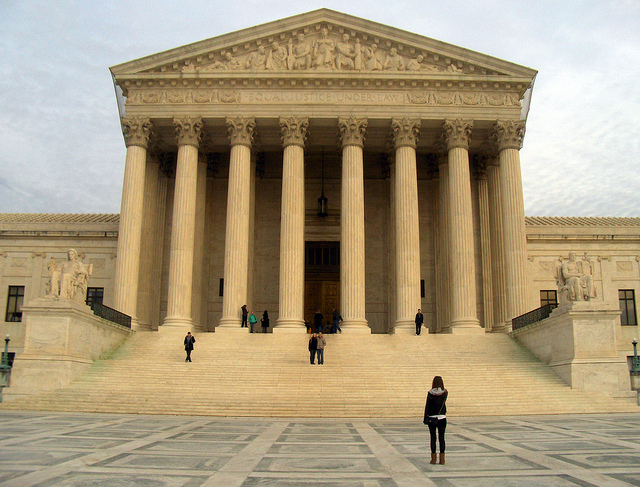
1 Comment
[…] WANT MORE INFO? Check out this excellent interview. Like this:LikeBe the first to like this. ← Prev Next → Got something to say? Go […]
Comments are closed.